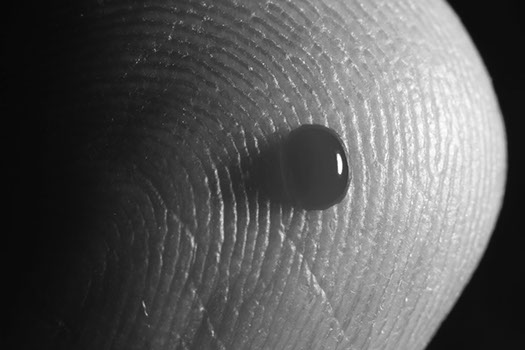
Do you suspect you have diabetes? Then make sure to visit your GP. It is easy for your GP to check whether you have diabetes and if so, to set a good care plan in motion for you.
If, during the test, your blood glucose level is higher than 11 mmol/L then a second test, taken after fasting, will be necessary to determine whether you actually have diabetes.
Check your blood glucose regularly
Repeatedly self-testing your blood glucose is critical to successful diabetes care. The results of these blood glucose tests will help you and your healthcare professional determine the effectiveness of your medication, diet, and exercise. By keeping your blood glucose level as close to normal as possible, you can reduce the risk of eye-, kidney- and nervous system-related complications by as much as 60%.
Blood glucose testing usually takes place at different times. After fasting (when you have not eaten and/or drunk anything for eight hours prior to the test) and approximately one and a half to two hours after consuming a meal. This is often the time the most blood glucose is in your blood. Normally, the blood glucose fluctuates between 4.0 and 8.0 mmol/L.
Blood glucose levels measured after fasting
- Under 6.1 mmol/L – not diabetic.
- Between 6.1 and 6.9 mmol/L – pre-diabetic stage.
- Over 6.9 mmol/L – diabetic
Blood glucose levels measured without fasting
- Under 7.8 mmol/L – not diabetic.
- Over 11 mmol/L – diabetic.